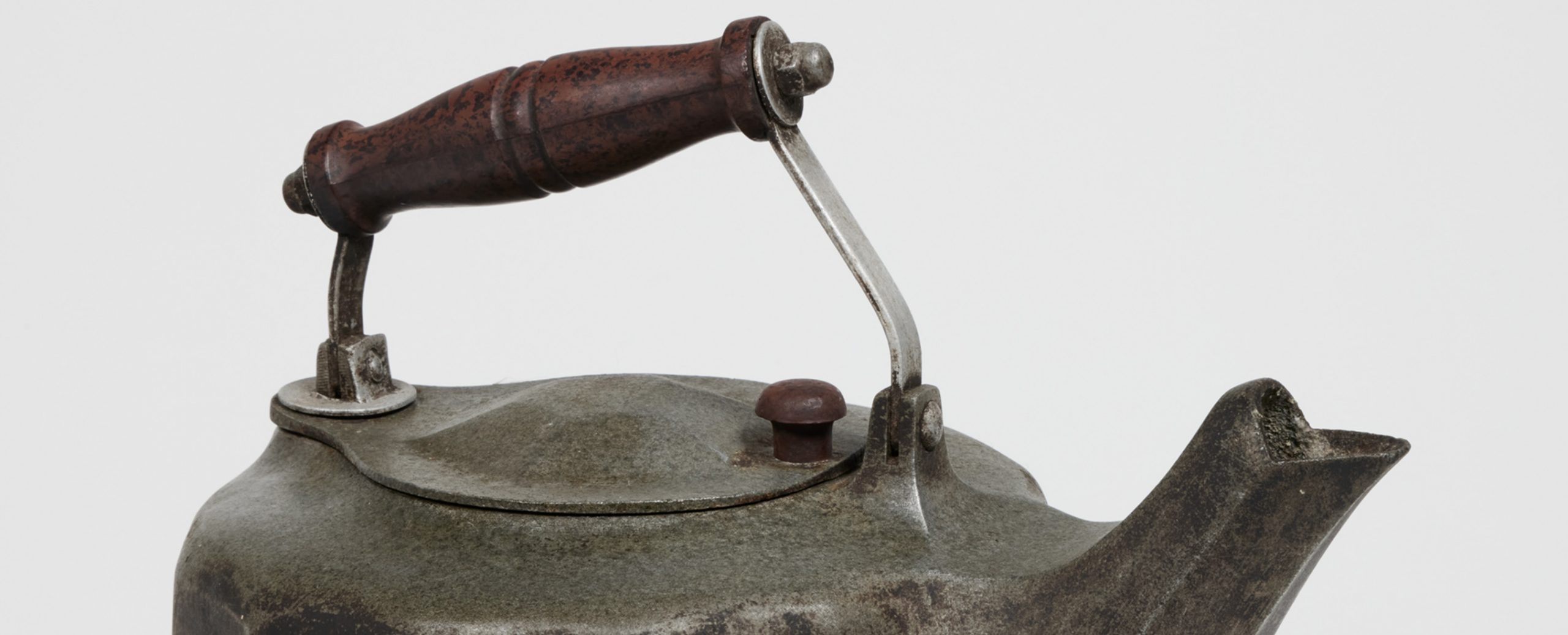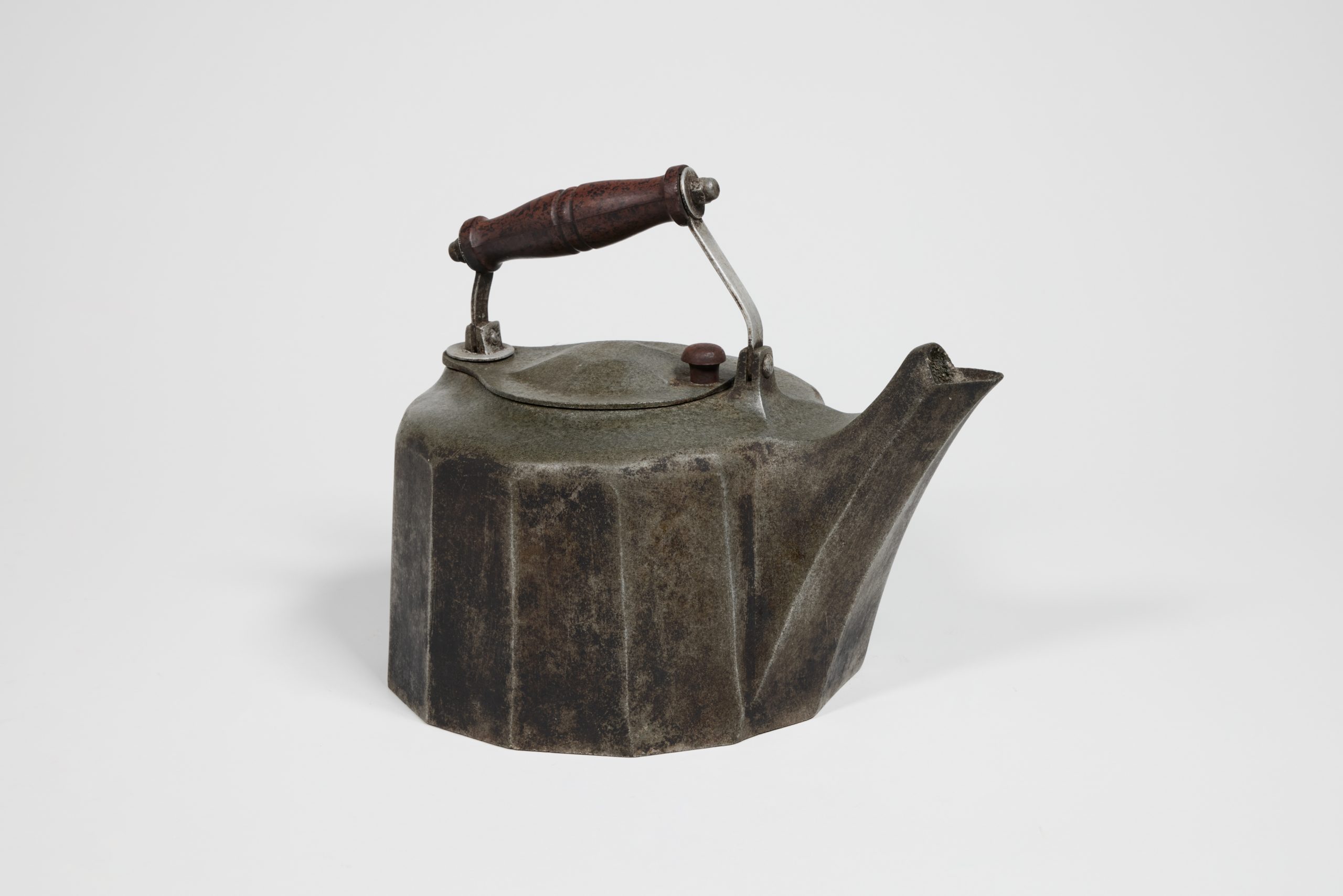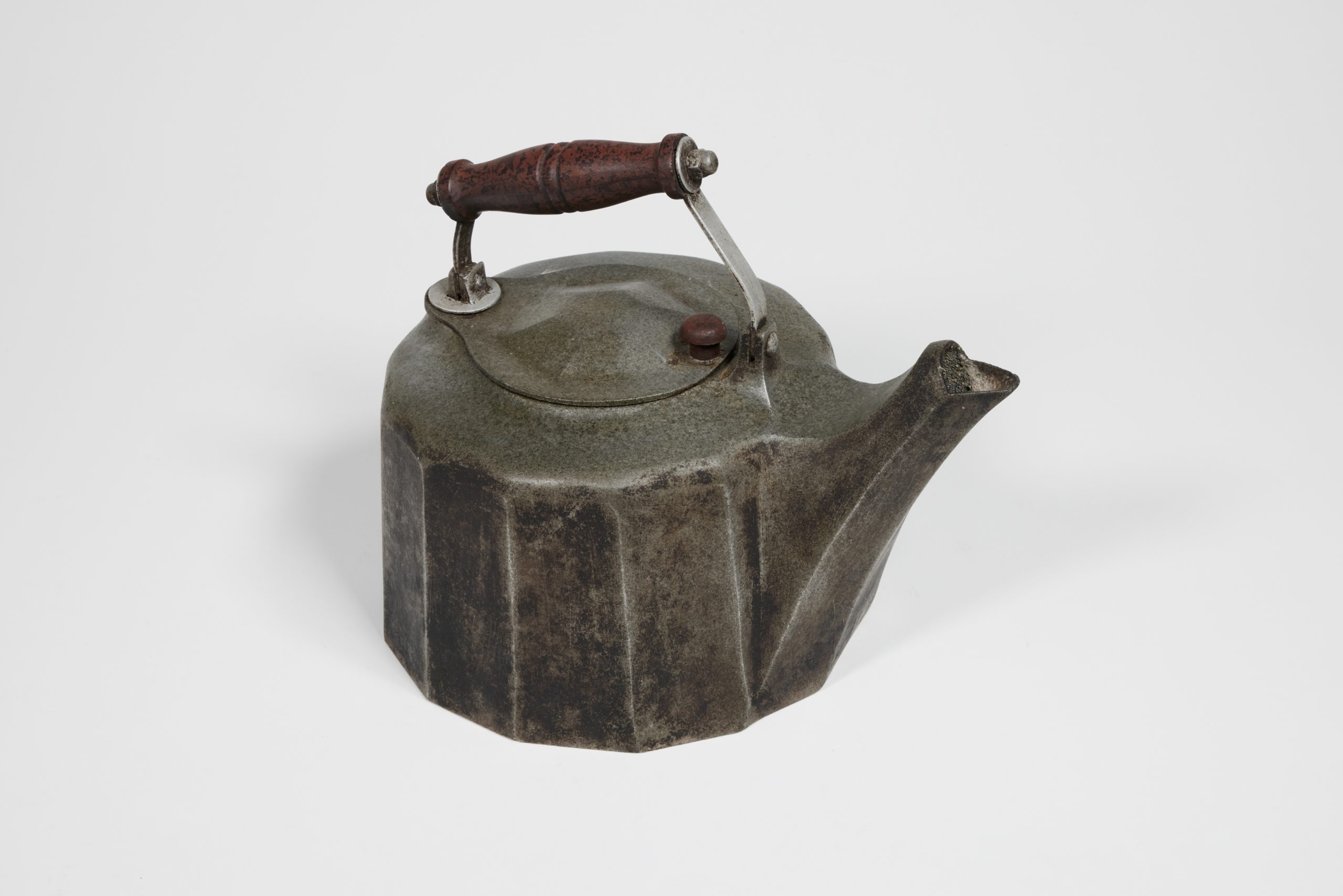Metal in the Mix
A Dangerous Cup of Tea
If you were a tea drinker in the 1920s, you probably would have begun making your morning brew by boiling water in a kettle just like this one. When you heard the water bubbling inside, you would pour it out into your teapot and wait for your Bushells tea leaves to steep. If you didn’t have a teapot, you may have made the tea directly in your kettle.
Even if your home already had electricity connected, your 1920s kitchen most likely had an aluminium kettle, rather than an electric one. They had been invented in the late nineteenth century, but aluminium kettles were inexpensive and more efficient than electric kettles, which were still considered luxury items.
Aluminium is a modern metal that was only discovered in 1808 and by the end of the nineteenth century it was being used as a material for kettles and other cookware such as pots and pans. Though aluminium cookware was lightweight and conducted heat quickly, it also carried with it a hidden health hazard, unknown to its twentieth century users.
Recent studies have shown that boiling water and cooking in uncoated aluminium vessels can cause metals to leach into the water or food. These are known to be mutagenic (capable of changing the DNA of a cell) and genotoxic (damaging to DNA), causing diseases such as cancer and Alzheimer’s. And the older a kettle is, the greater the hazard.
So don’t be tempted to boil water in granny’s old aluminium kettle – that one’s just for show.





